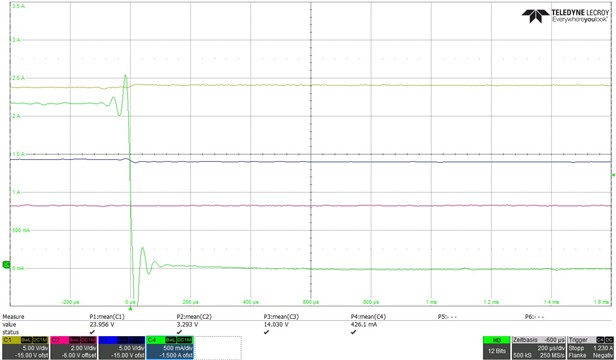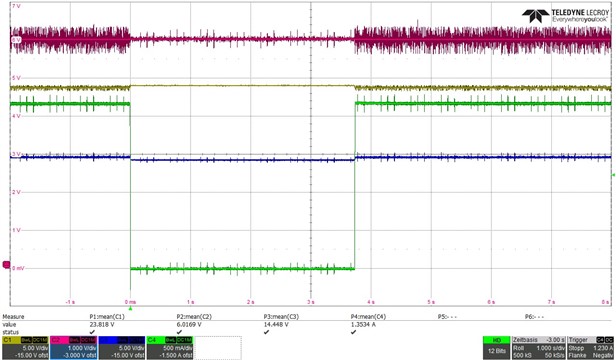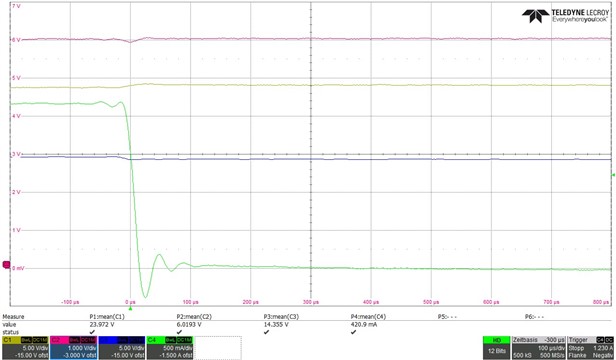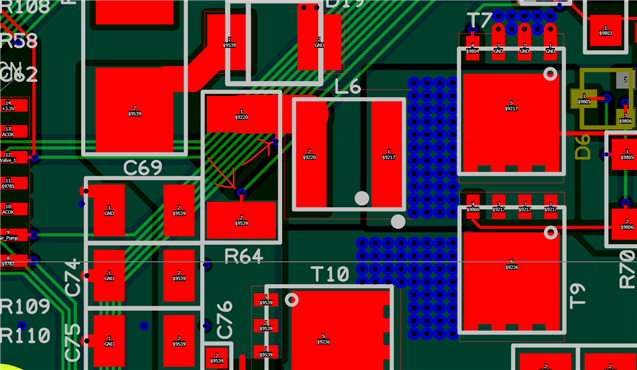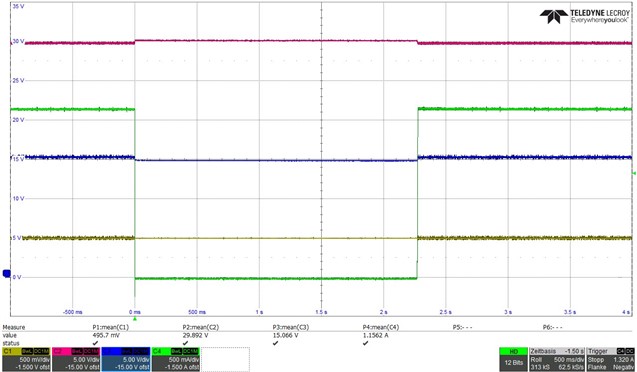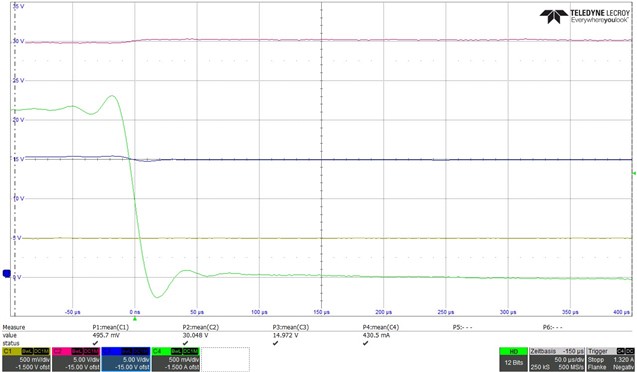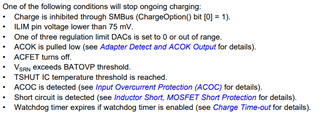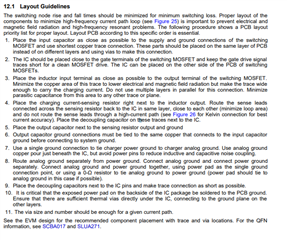Other Parts Discussed in Thread: EV2400
Tool/software:
Hello Forum,
We have the BQ24735 in our design to charge a 4S1P battery. The system is supplied with 24V from a power supply unit with max. 2.7A. Charging works as desired. Strangely enough, charging always stops after 50 seconds. And is only restarted when the charging voltage and the charging current are rewritten to the registers.
We can deactivate the watchdog, but this does not change anything. We have also tried using the watchdog to write the charging voltage or the charging current or both values to the registers before the watchdog time expires.
The strange thing is that both registers are empty after 50 seconds. When the watchdog is triggered, charging is interrupted but the contents of the registers are retained.
For testing purposes, we have already disconnected the SM bus from our electronics and switched it to the EV2400 and controlled the charge controller with the battery studio. The same problems occur here.
As a test, we reduced the input voltage to 21V to exclude the 24V voltage at the edge of the specification. We have also added the 20R resistor for the high side boost as a test. At the same time, we also replaced the 100nF bootstrap capacitor with a 47nF capacitor. This was also unsuccessful. I have already replaced the component on our circuit to rule out a malfunction.
I could not find any external condition that causes the loading process to be cancelled. Due to the empty registers, I assume that the module is restarting internally. But I don't know for what reason.
As a test, we have also reduced the charging current from a maximum of 2A to 500mA to rule out possible interference due to a poor layout.
The circuit diagram shown here for our charge controller is very close to the specifications in the data sheet. The battery, which is also queried by the processor, is also connected to the same SM bus.
The registers are set with these values:
Charge Option 0x12 0xBB32
Charge Current 0x14 0x0940
Charge Voltage 0x15 0x41A0
Input Current 0x3F 0x0780

At which point can we continue troubleshooting?



